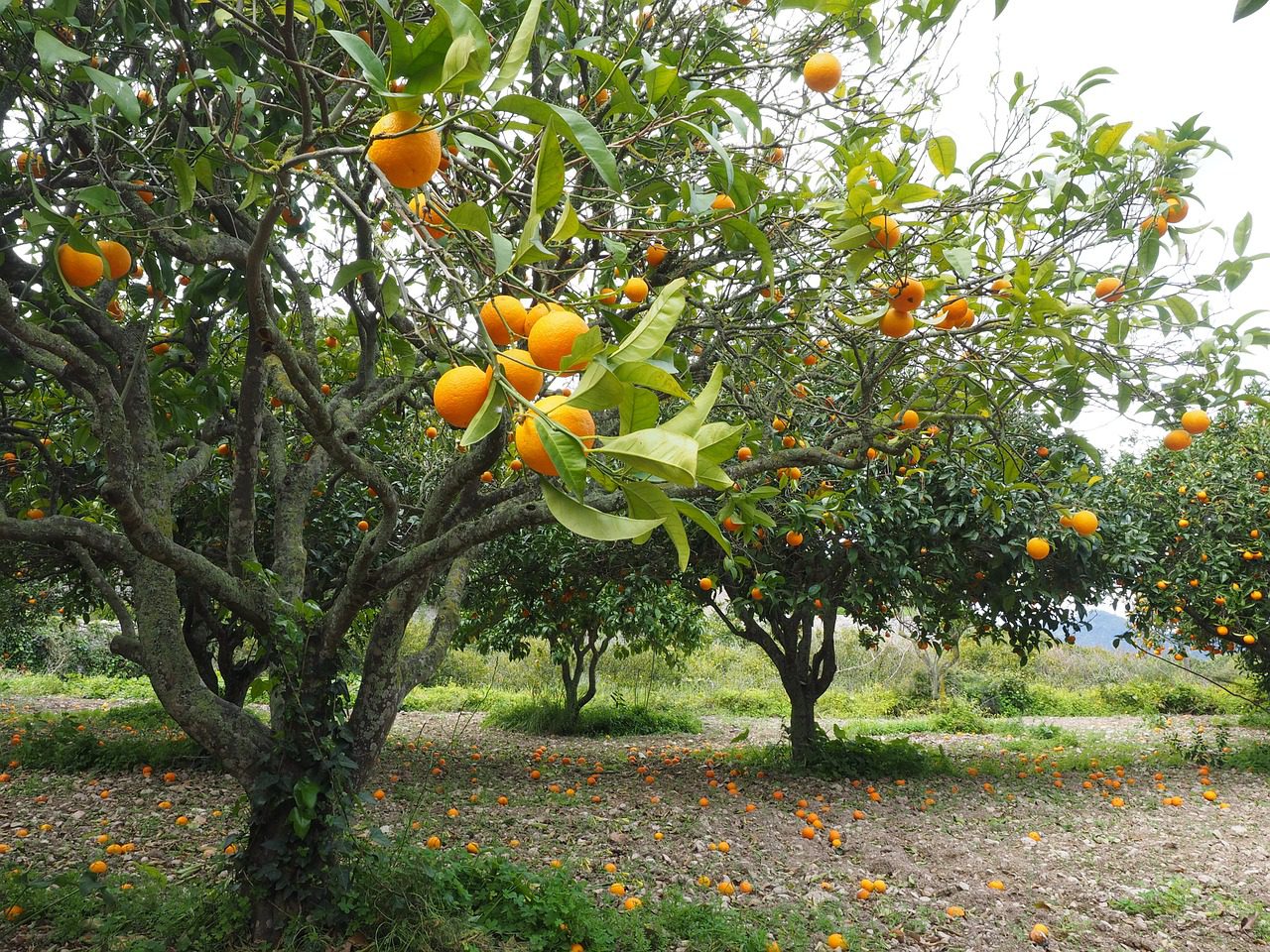Florida’s citrus industry is all in for the fight against citrus greening, also called HLB, and one tool that seems to be unutilized is Citrus Health Management Areas, or CHMAs. Citrus Health Management Areas are where a group of citrus grove owners with adjacent properties get together and coordinate their sprayings aimed at the Asian citrus psyllid, the tiny insect responsible for transmitting citrus greening from tree to tree.
CHMAs have been shown to be effective, yet, according to an article on Citrus Industry magazine, citrus grower participation is not as high as it should be. The piece goes on to examine the issue to get to the bottom of it all, but first looks at the effectiveness of CHMAs. See a summary of the effectiveness portion below.
The Effectiveness of Citrus Health Management Areas
There is data showing the effectiveness of Citrus Health Management Areas. The Citrus Industry magazine piece highlighted a case study where a grower has been comparing yields at two different blocks of citrus within two separate CHMAs since 2008. The blocks themselves are very similar in production region, tree age, tree density and reset plantings, yet they differ in grower participation in the respective CHMAs.
Yields were similar for the two blocks starting at the beginning of the study, in the 2008/2009 growing season. They stayed similar through the 2011/2012 season, but changes have been drastic since then.
While both blocks’ annual yields have decreased—it’s what’s happening in just about every citrus grove in Florida—the citrus block in the CHMA with less grower participation has seen significantly greater declines. While the two blocks started with the same boxes per acre in 2008, the block with the lower grower participation has fallen nearly 60 percent, while the block with the higher grower participation in the CHMA has fallen by only 11 percent. In fact, boxes per acre in 2014/2015 in the lower participation block were less than half of the boxes per acre in the higher participation blocks.
With no other explanations behind the difference in harvest numbers—there have been no hurricanes or freezes to explain such a large disparity—its concluded that the only difference, the varying participation levels of the two Citrus Health Management Areas, is the sole explanation behind the different harvest numbers. Thus, Citrus Health Management Areas with high grower participation are effective in lessening the damaging effects of citrus greening.
However, CHMAs aren’t seeing the level of grower participation that they should. We’ll discuss the latest data on the reasoning behind why too few growers are participating in CHMAs, despite their effectiveness, in Part 2.
Griffin Fertilizer is committed to helping both growers and ranchers make sound agronomic and economic decisions in order to maximize the health of their grove and pasture. As a full-service custom dry & liquid fertilizer blender and crop protection product distributor, we will continue our mission to further advance Florida agriculture. For questions or concerns about your farm or pasture, contact us and one of our team will be in touch.

